Constant use can lead your bike cables to get weared, frayed, or damaged. Bike cables also become rusted when not properly stored or maintained.
When this happens, it is necessary to fix them as soon as possible, to avoid accidents that can arise from braking and shifting problems.
In this article, we’ll be discussing how you can fix rusted cables on your bike and also how to prevent the cables from future rust.
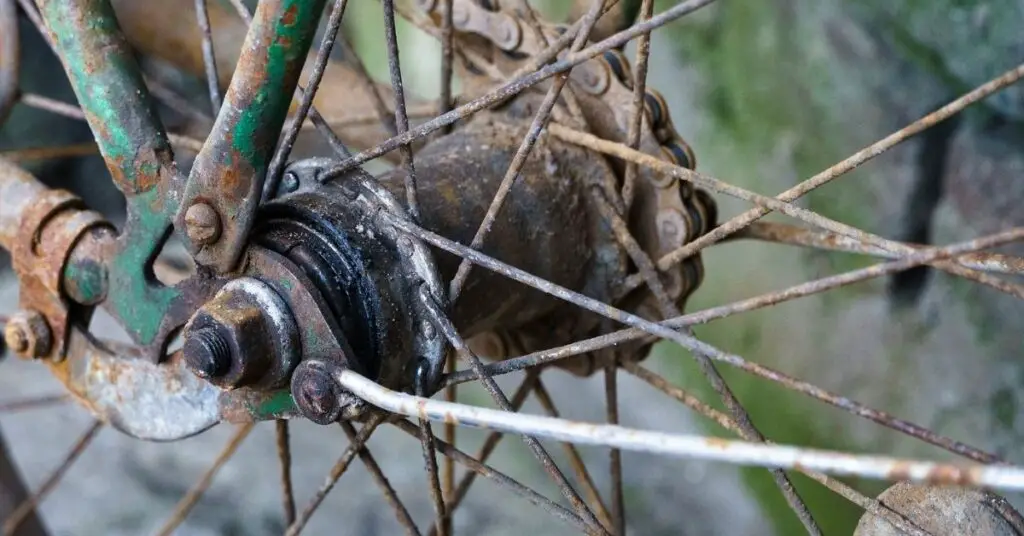
How Do You Fix a Rusted Bike Cable?
Bike cables are prone to rust because they are usually made of steel (both the inner and the outer cable housing). This rust can be cleaned or fixed in several simple ways to restore the cables and make them fit for use again.
Before you can clean, you need to free your cable housing from the bike so you can have access to the cables.
Follow these 2 steps……
1- Ease the tension on the cables by pedaling and shifting the derailleur onto the largest sprocket.
2- Then stop pedaling and keep clicking your gear to move it into the smallest sprocket. This will ease the tension on the cables and make it slack enough to free the cable housing from the stops on the frame.
Let’s take a look at some of the methods of fixing/cleaning rusted bike cables.
Method: 1 Using WD-40 to Remove Rust from Road Bike Cables
WD-40 is effective in getting rid of rust from metals by loosening the bonds between the rust and the metals. It can also be used to free seized up cables. WD 40 can also serve as a temporary lubricant, to prevent future rust.
You can get it from local stores or repair shops.
YOU’LL NEED
1- WD 40
2- Clean rag
3- Wire brush
STEPS
STEP 1- Shoot this solvent into cable housing generously until the liquid flows from the other end.
STEP 2- After about 10 minutes, move the cable housing forward and backward to expose the cables and then wipe them off with a rag.
STEP 3- Apply more WD 40, to serve as a lubricant.
If you want a more effective fix, you should remove your cables from their housing before cleaning.
1- Spray the freed cables until soaked and allow them to sit for 10 minutes.
2- Use a wire brush to scrub the cables lightly until the rust is removed.
3- Spray more WD 40 and then wipe off with a clean rag.
Want a better alternative to WD-40?
You can also substitute WD-40 for PB blaster which may be more effective because it penetrates better. PB blaster can get rid of the toughest rust or corrosion and it also lubricates better. This means it will prevent your road bike brakes from rust longer than WD 40 can.
It is used just like the WD 40 but you can allow your cables to soak in it overnight if they are more than a little bit rusted. Use goggles and a mask as a precaution while using it, because of the fumes it emits.
Method: 2 Using CLR to Remove Rust from Road Bike Cables
CLR is short for Calcium, lime, and rust remover. This product is very effective and fast in getting rid of rust. Whether surface layer rust or buildup of rust, it is equally effective in both cases.
YOU’LL NEED
1- Goggles
2- Gloves
3- Bucket
4- Water
STEPS
STEP 1- Use your gloves and goggles to protect your skin and eyes. Use a well-ventilated area for the cleaning.
STEP 2- Mix 1 part of CLR with 1 part of warm water in a bowl.
STEP 3- Use a brush or sponge to apply the solution to your bike cables. You can as well drop the cables into the bowl if the cables have a hard layer of rust.
STEP 4- Allow the solution to sit for 2 minutes. No more than that. Then rinse the solution off with cold water.
Method: 3 Using Sandpaper / Steel Wool to Remove Rust from Road Bike Cables
Sandpaper and steel wool can be used interchangeably to get the same result when it comes to getting rid of rust.
They are effective and easy to come by, and also very simple to use. They are also safer as they do not involve mixing or using chemicals with toxic fumes.
YOU’LL NEED
1- 50- grit ranged sandpaper
2- Extra fine grit paper
3- Coarse steel wool
4- Extra fine wool
STEPS
STEP 1- After removing the cables from their housing, use sandpaper in the 50-80 grit range to sand it down.
If you’re using steel wool, use coarse wool with a rating of about 3.
STEP 2- After sanding the cables down, use the extra-fine grit paper to finish the sanding. If you’re using steel wool, finish removing the rust by using the extra fine wool. Use extra-fine wool with a 000 or 0000 rating.
STEP 3- Rinse the cables and dry them. You can repeat the process if it’s necessary.
How to Avoid Bike Cable Rusting?
Rust can keep cables from functioning properly and since it also spreads quickly, eating away at the cables and disintegrating them, preventing it is the best cure.
There are several simple ways you can protect your cables from rusting……
1- Proper Storage
Storing your road bikes under damp conditions can cause your cables to rust.
The moisture the cables gather in that atmosphere will make them develop rust which will then spread until they are damaged.
So when you aren’t riding, make sure you keep your bike in a cool and dry place. (A place that isn’t damp).
2- Maintenance
Maintaining your road bike is the best way of keeping the cables from rusting. You can maintain it by cleaning it regularly, especially after every use.
You probably can’t avoid mud splashes, water, and grime during the wet season. If you store your road bike after riding without cleaning all these off, it’s just a matter of time before the cables begin to rust.
Riding for miles at a time too would probably cause you to sweat and salt water is very bad for metals and other alloys. It causes them to rust.
This is why you need to properly clean your bike before storing them. Maintaining your bike like this is one of the ways of avoiding bike cable rusting.
3- Lubrication
Another way to avoid bike cable rusting is by lubricating your cables often.
Lubricants make it impossible for iron, metals, and other alloys to rust. The reason is that the coating of lubricant prevents moisture to come in contact with the metal itself, thus preventing rust.
Check regularly to make sure your cables stay lubricated, especially after washing.
4- Washing
Apart from a quick clean after every ride, you should wash and clean your road bike at least once a month to prevent your cables from rusting. You should wash your road bikes more than once a month during the wet season.
Salt and grime can get accumulated on the cables, especially during the cold season. Washing your bike will remove corrosion-causing elements.
Take your time to wash the bike, as this will also allow you to inspect it for other damages. When you wash your bike, you get rid of dirt and moisture that may still be on it even after cleaning.
Don’t store it immediately after washing as the water can make your cables rust. Let it dry properly before storing.
What Can I Use to Lubricate Bike Cables?
Lubricants keep cables smooth, protect them from friction and wear and also prevent rust and corrosion. If your road bike comes with modern Teflon-lined outer cables, then they do not need lubrication.
Here are some lubricant types that you should consider…..
1- Teflon Based Lubricants
Teflon is a chemical that has waterproofing qualities and it is also non-sticky. This is why Teflon-based lubricants are widely accepted and used.
To keep your cables from rust and corrosion, use Teflon-based lubricants like Triflow to lubricate them often. These products are often used because they leave a non-stick surface, which prevents dirt and future friction.
2- Chain Lubes
These also work well in lubricating bike cables. Wet chain lubes are affordable and easy to use. They are also better than dry lubes because they last longer. Work the lube into both ends of the housing to make sure the cables are well coated.
3- Dry Lubes
When applied, dry lube dries off without leaving a sticky film. This is good for cables because the sticky film grease and oils can make cables accumulate dirt and grime that can hamper their function or cause friction.
Whichever of these you may be going for, you should use a product that comes with a nozzle tube. This makes it easier to get the lube into the cable housing.
Final Thoughts!
Bikes function better when the cables are in good condition. This involves regular maintenance and fixing them when they rust.
Not all rusted cables should be fixed, some should be changed immediately for your safety and easy riding.
Cables should be changed when necessary, especially when you have used them for a long time or notice they are fraying or bending.
Cheers!

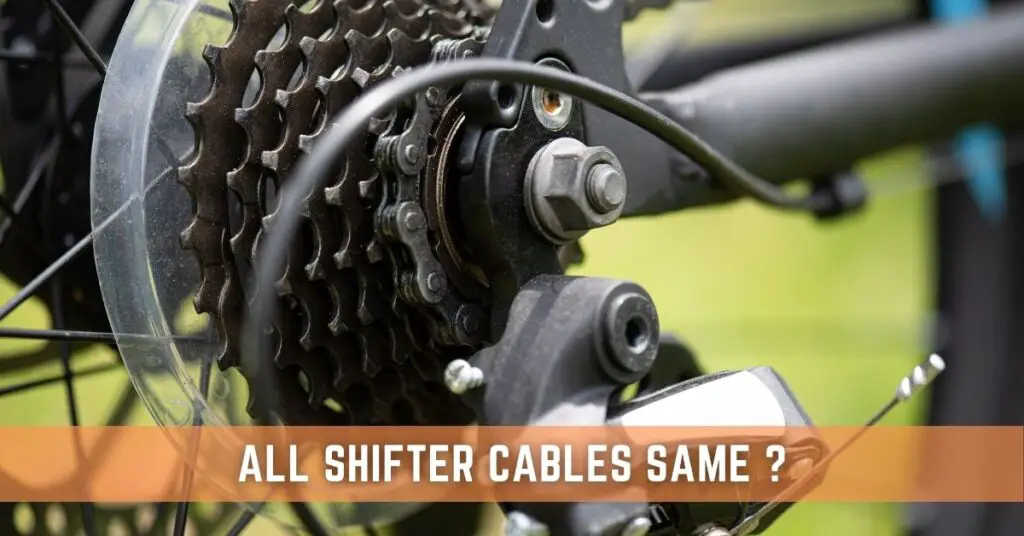
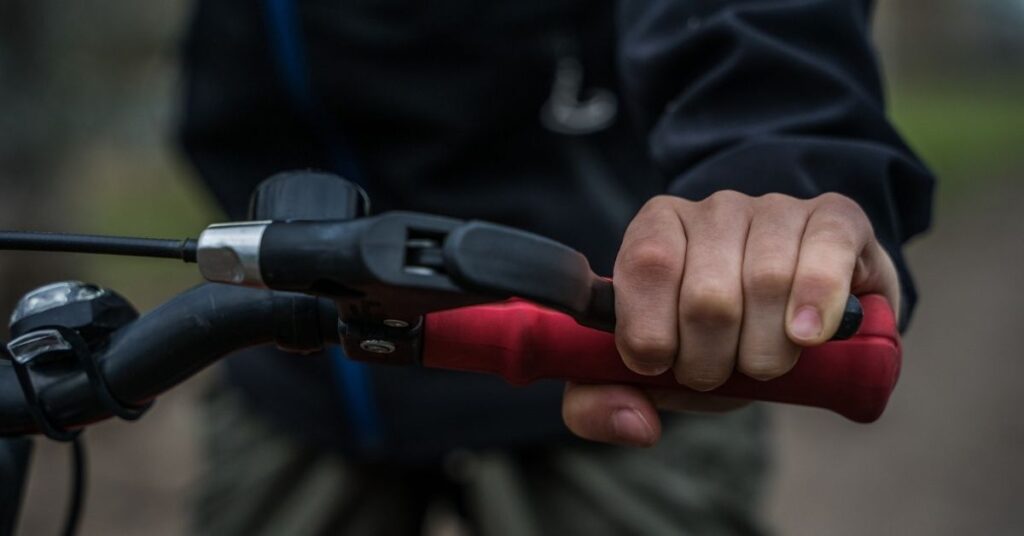
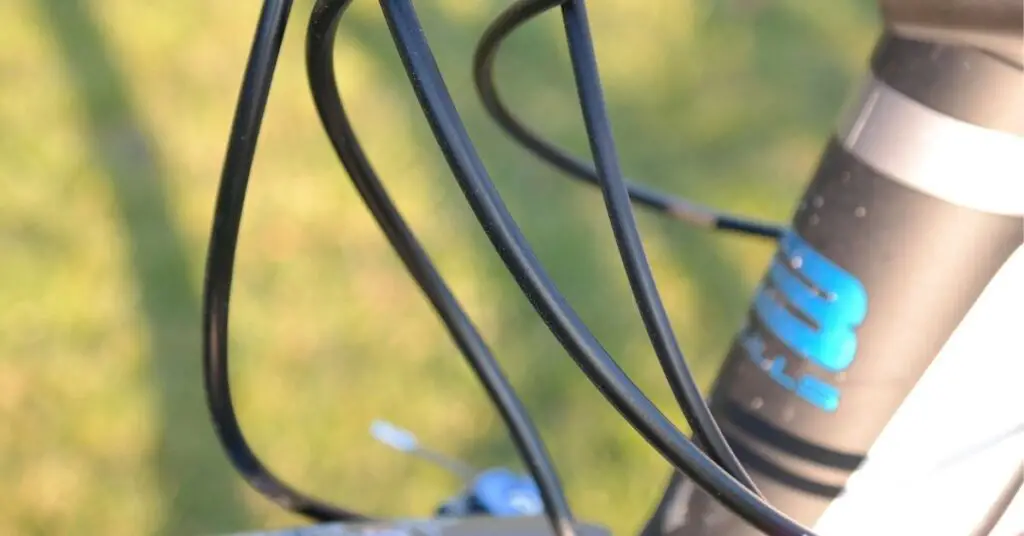
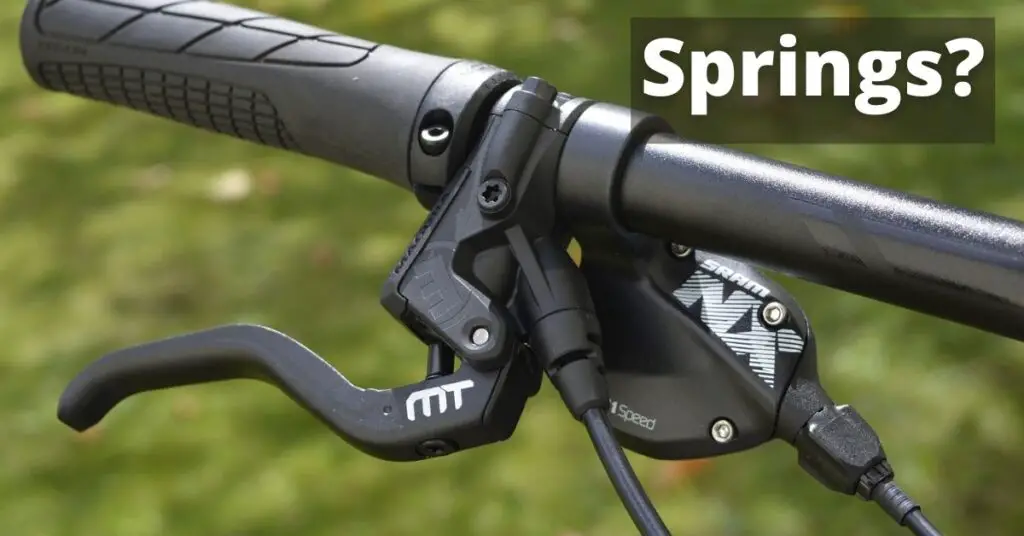
На этом сайте представлены актуальные события.
Пользователи могут быстро узнавать новости из разных сфер.
Информация появляется ежедневно, что позволяет быть в курсе событий.
Редакция сайта следят за актуальностью материалов.
Ресурс предоставляет разнообразные новости для широкой аудитории.
https://telegra.ph/CHelyabinsk-12-25-6
Контент подготавливается наглядно и доступно, чтобы посетители легко находили нужное.
Категории портала позволяют быстро находить интересующие новости.
Таким образом, сайт обеспечивает быстрый доступ к информации для широкой аудитории.
Your comment is awaiting moderation.
Здесь представлены свежие новости.
Пользователи могут сразу просматривать информацию о важных событиях.
Информация появляется ежедневно, что позволяет быть в курсе событий.
Команда ресурса следят за достоверностью информации.
Ресурс предоставляет разношерстный контент для разных читателей.
https://telegra.ph/Novosibirsk-12-25-8
Контент подготавливается структурировано и удобно, чтобы посетители легко находили нужное.
Категории портала позволяют удобно искать интересующие новости.
В итоге, сайт обеспечивает быстрый доступ к информации для широкой аудитории.
Your comment is awaiting moderation.
Продуманный внешний вид играет важную роль в формировании образа.
Она помогает выразить характер и чувствовать себя увереннее.
Аккуратный внешний вид формирует мнение окружающих.
В повседневной жизни одежда может придавать уверенность.
https://telegra.ph/Rick-Owens-12-25
Стильный образ облегчает социальные контакты.
При выборе одежды важно учитывать собственный вкус и обстановку.
Мода дают возможность экспериментировать.
Таким образом, умение стильно одеваться делает образ завершённым.
Your comment is awaiting moderation.
Деятельность в области недропользования — это направление деятельности, связанный с освоением природных ресурсов.
Оно включает разведку минерального сырья и их дальнейшую переработку.
Данная сфера регулируется установленными правилами, направленными на сохранение природного баланса.
Ответственное ведение работ в недропользовании обеспечивает устойчивое развитие.
оэрн официальный сайт
Your comment is awaiting moderation.
Деятельность в области недропользования — это направление деятельности, связанный с разработкой подземных богатств.
Оно включает добычу природных ресурсов и их рациональное использование.
Эта отрасль регулируется установленными правилами, направленными на охрану окружающей среды.
Эффективное управление в недропользовании способствует экономическому росту.
Your comment is awaiting moderation.